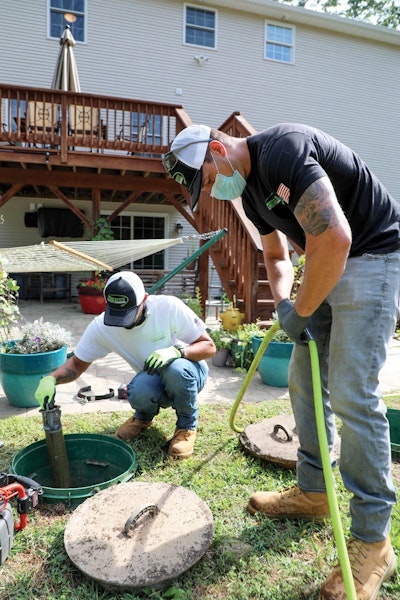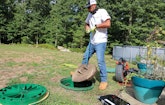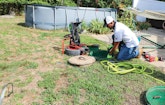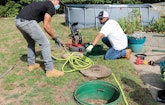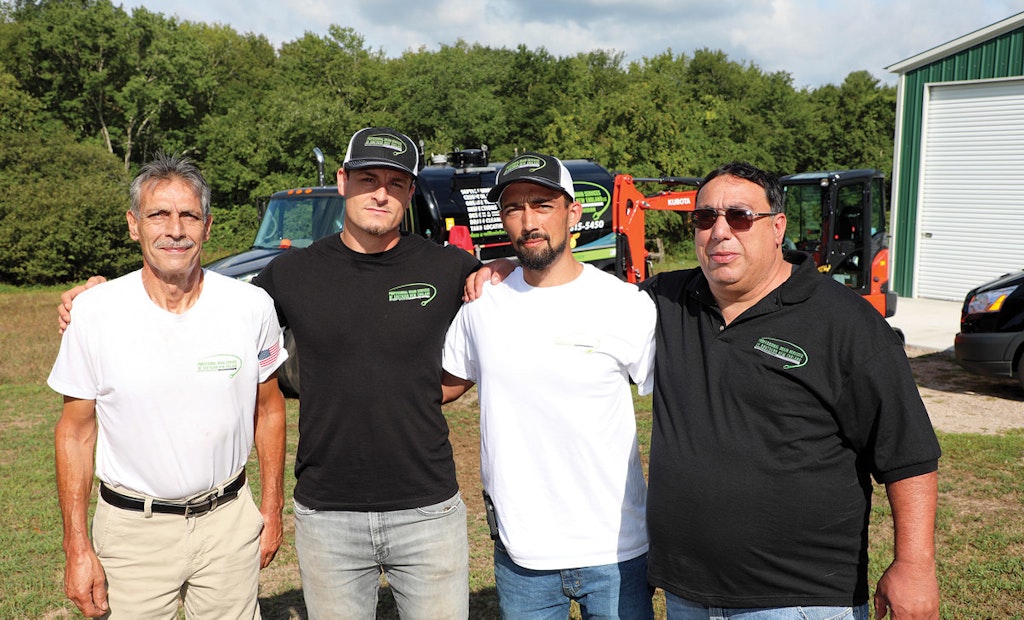
Owner Rob Broccolo started his own business, Professional Drain Services of Southern New England, with the help of his family: (left to right) uncle John Broccolo, cousin John Broccolo, Rob, and dad, Rob Broccolo Sr.
Some drain cleaners are leery about ever buying expensive new equipment. Others do so only when they have to, perhaps to remain competitive or take on a certain project they otherwise couldn’t handle.
Then there’s Rob Broccolo Jr. of Westerly, Rhode Island, who makes...
